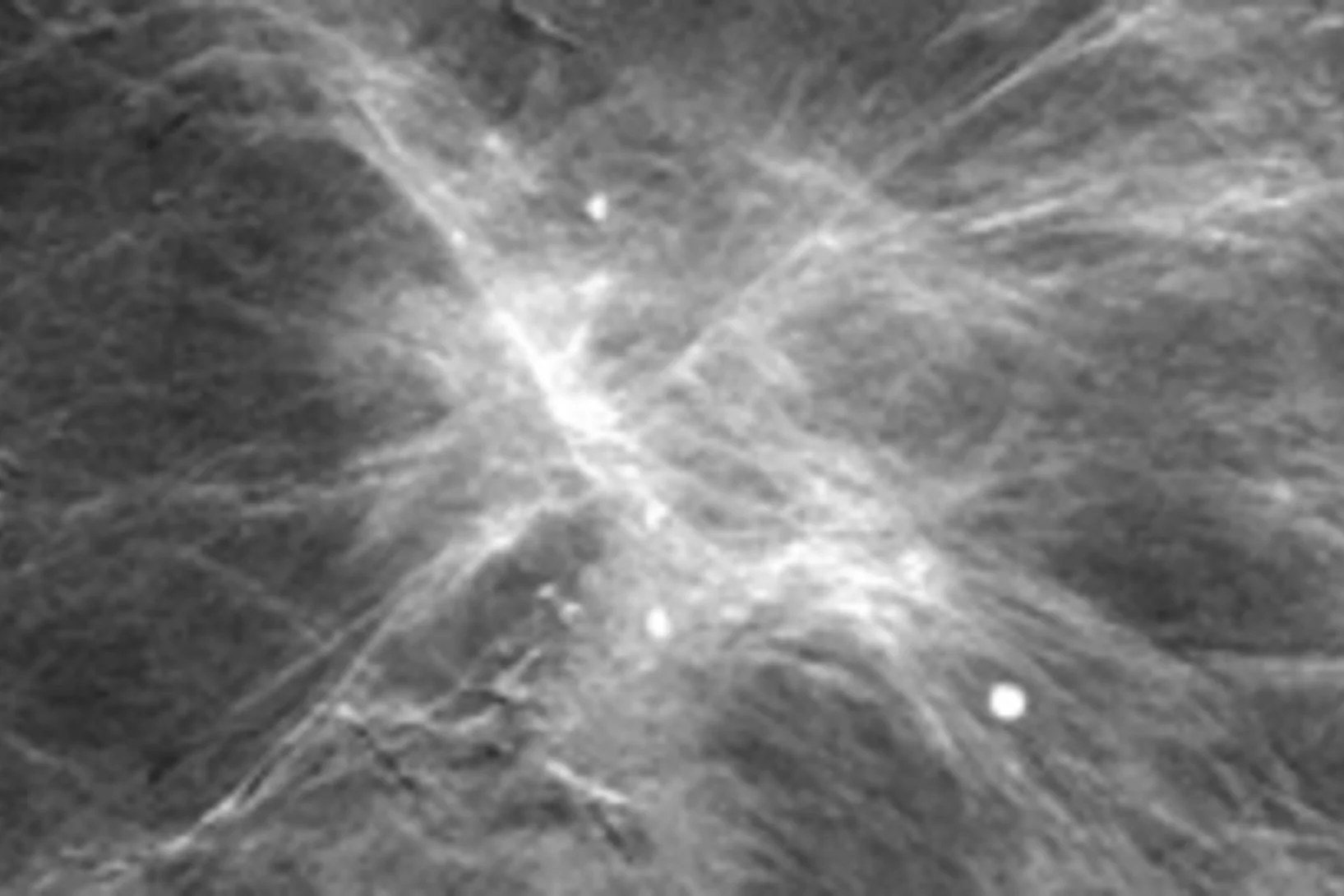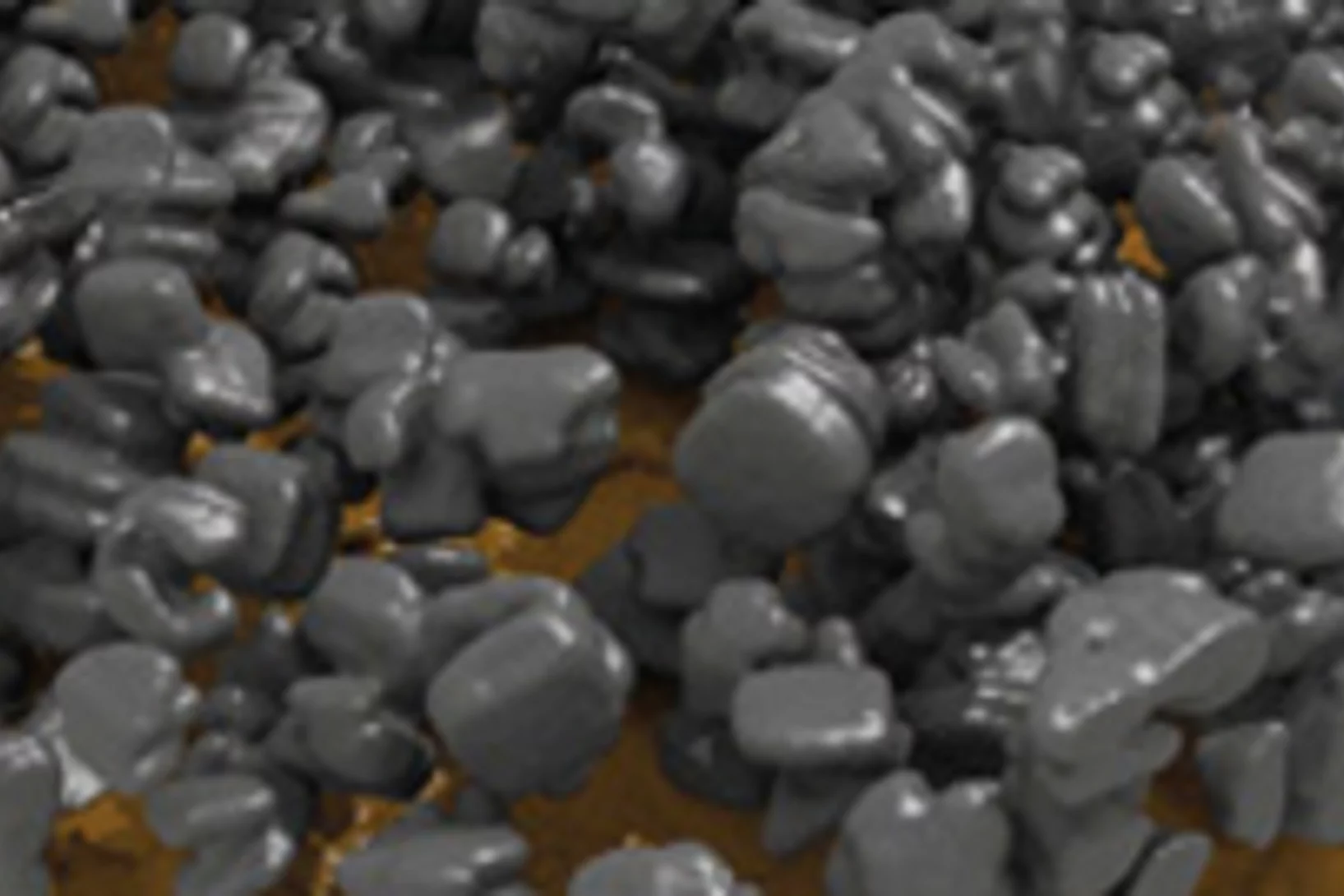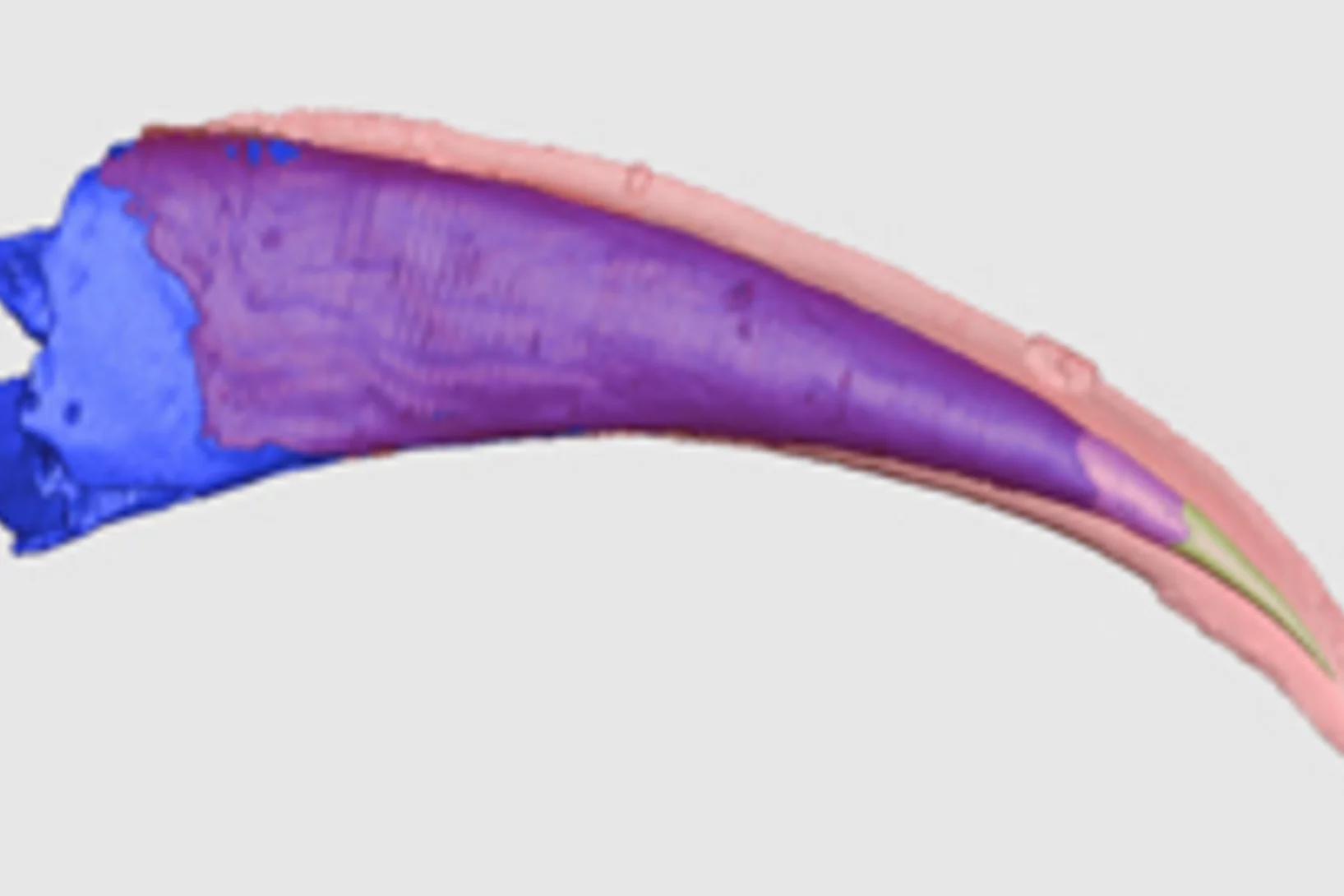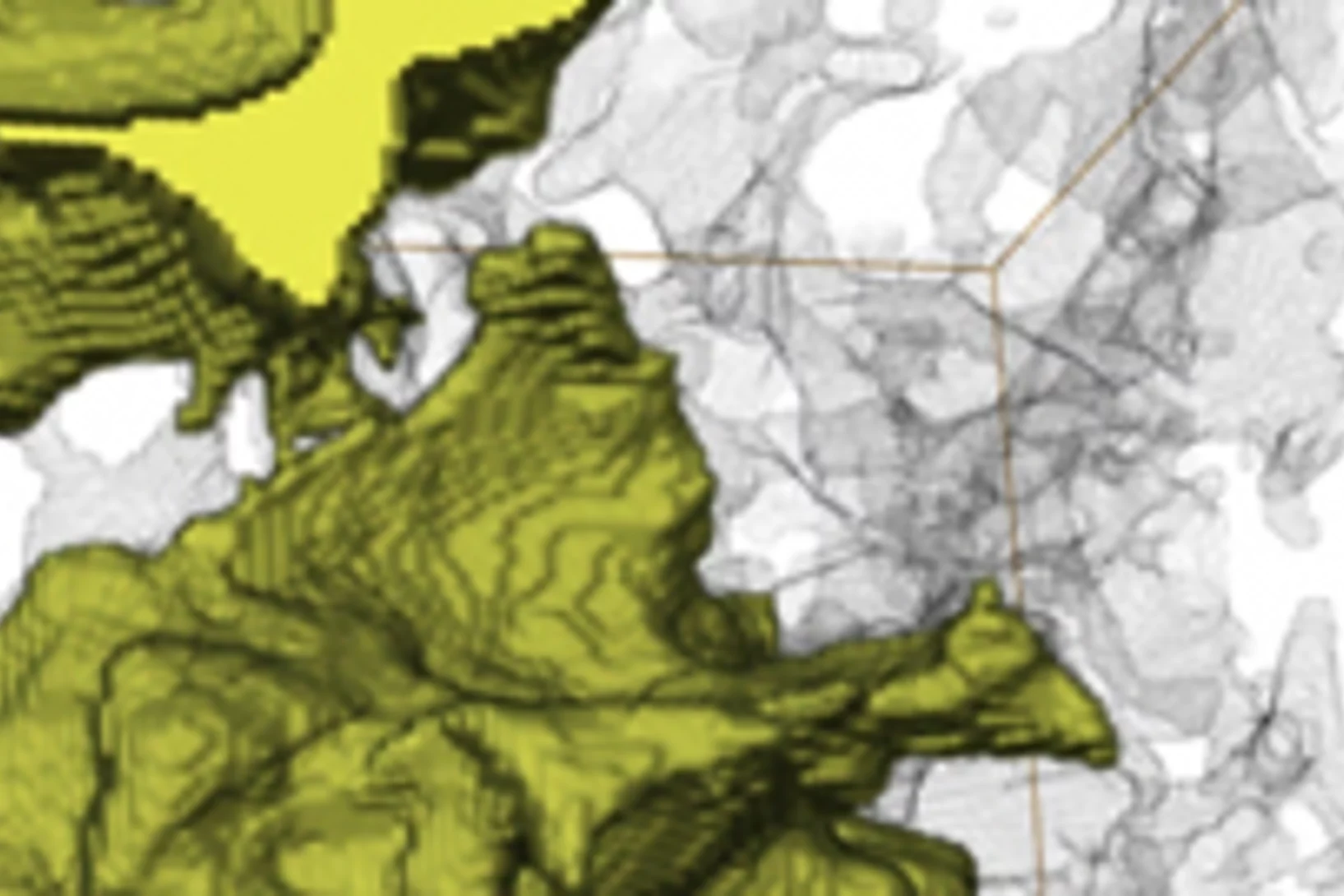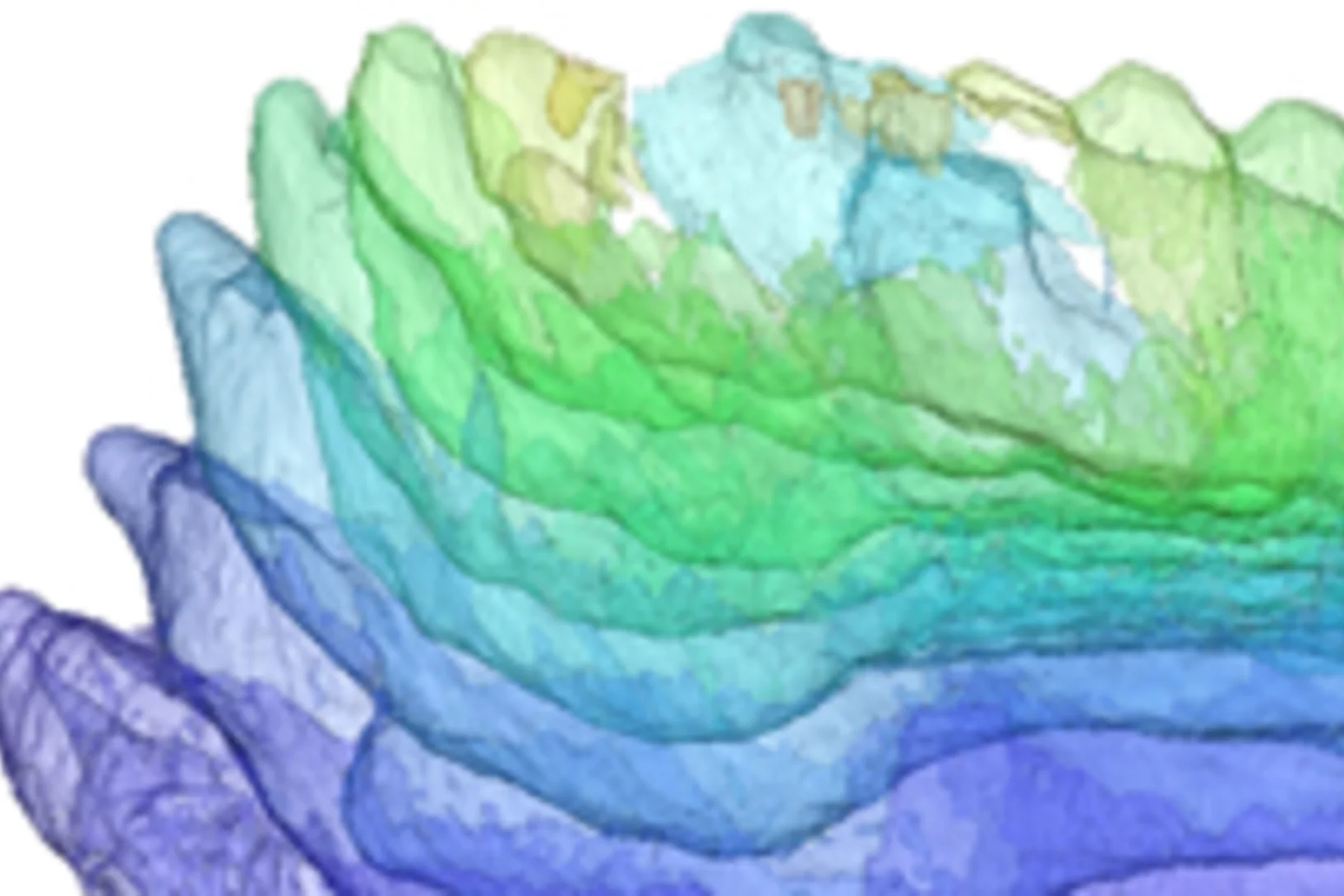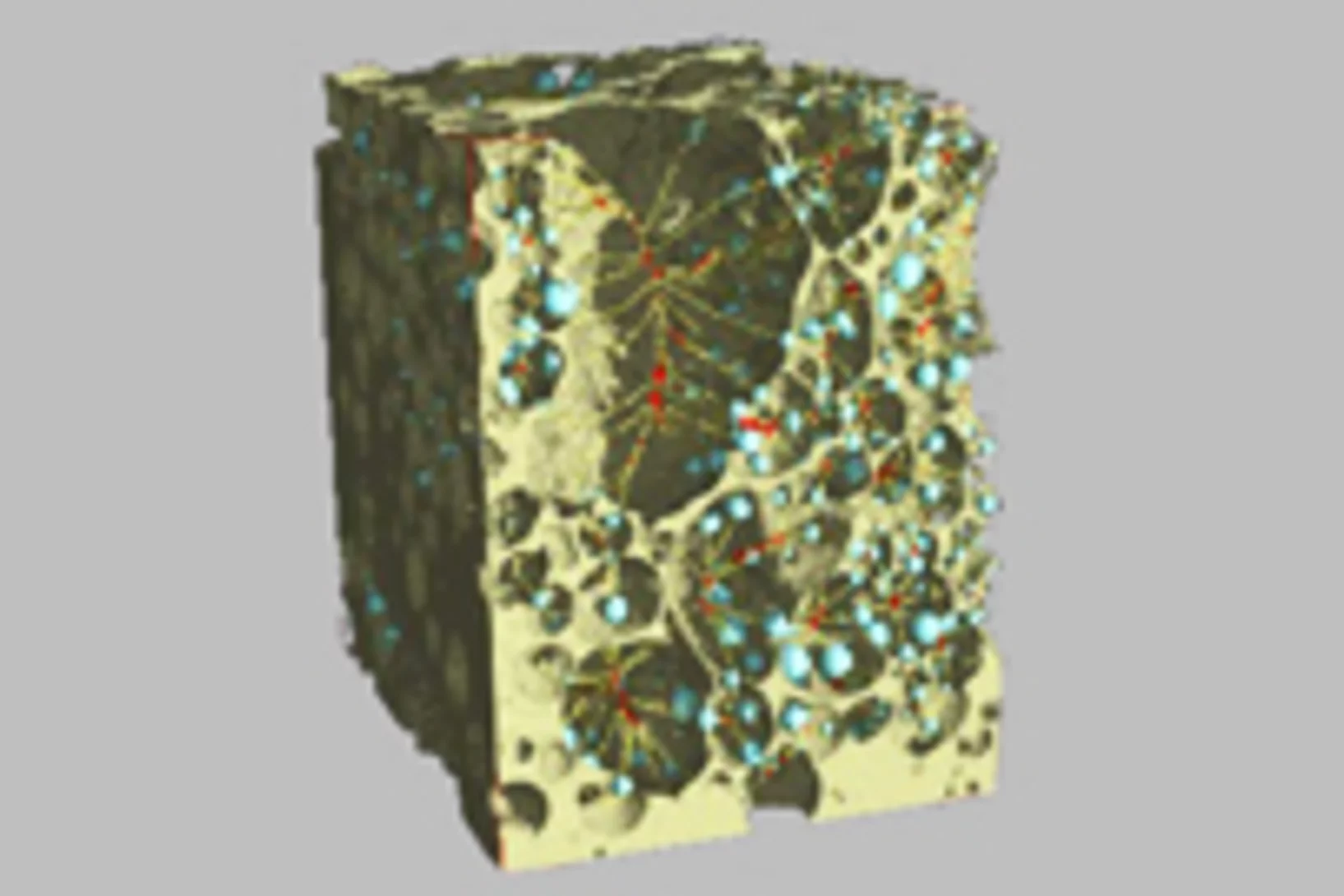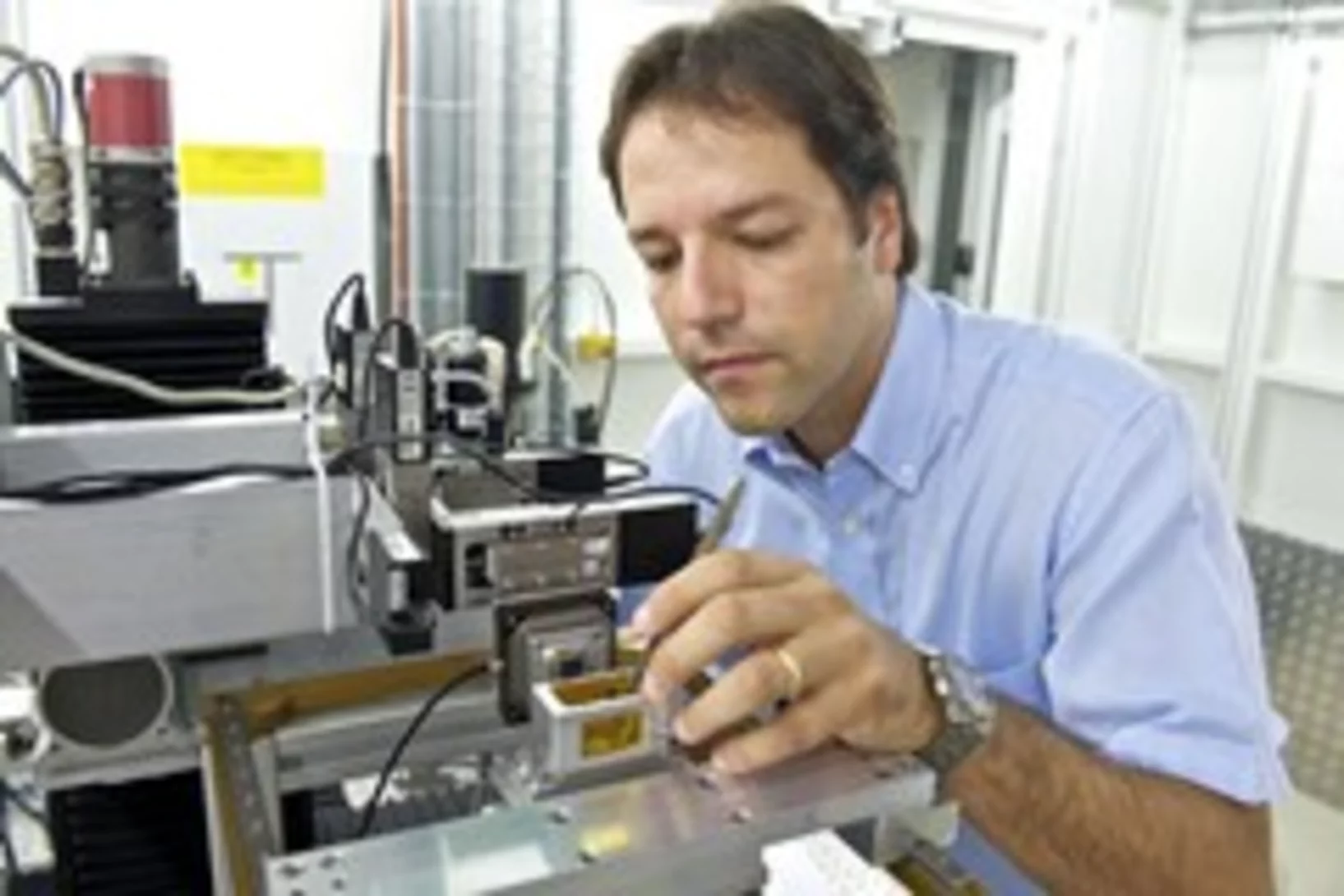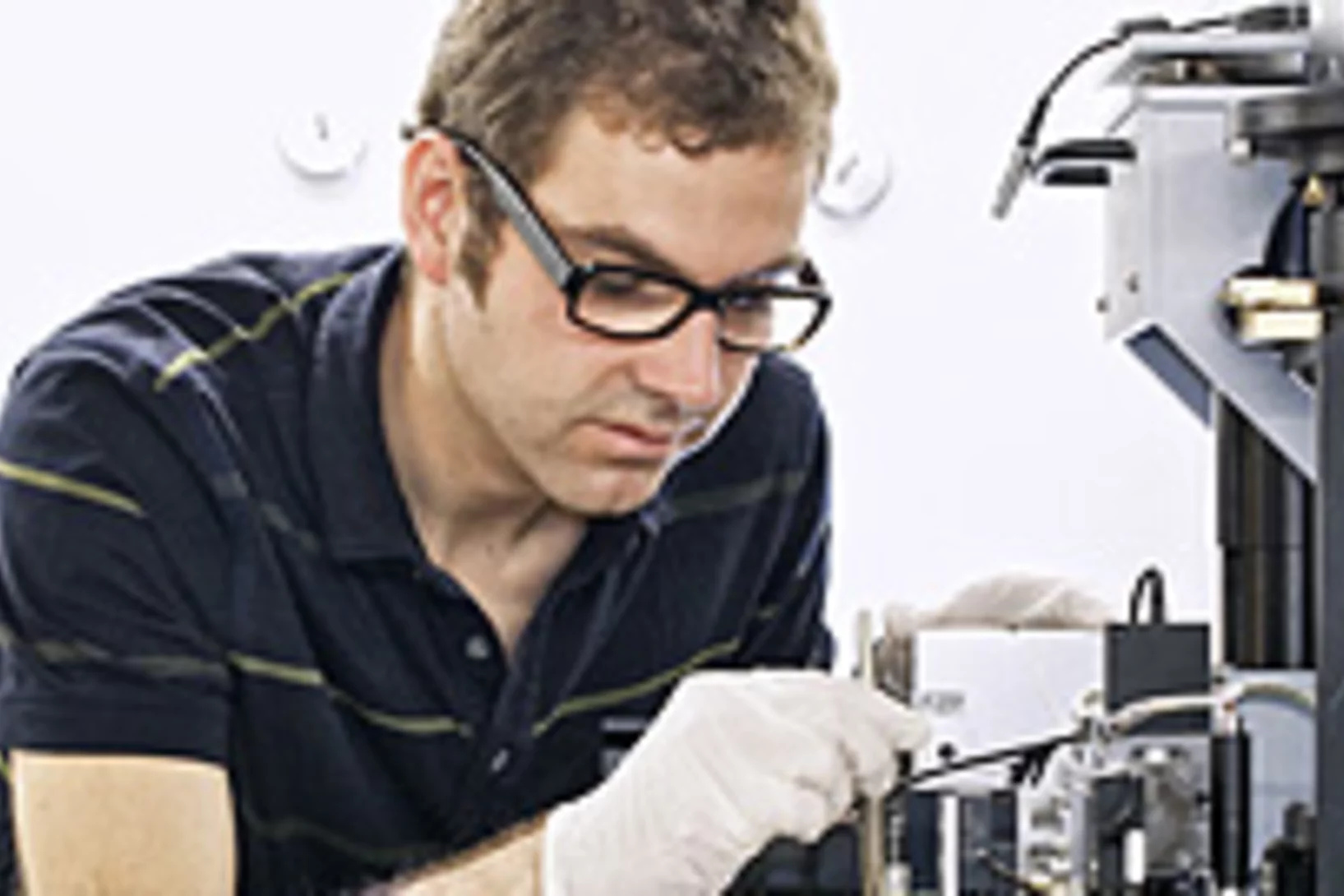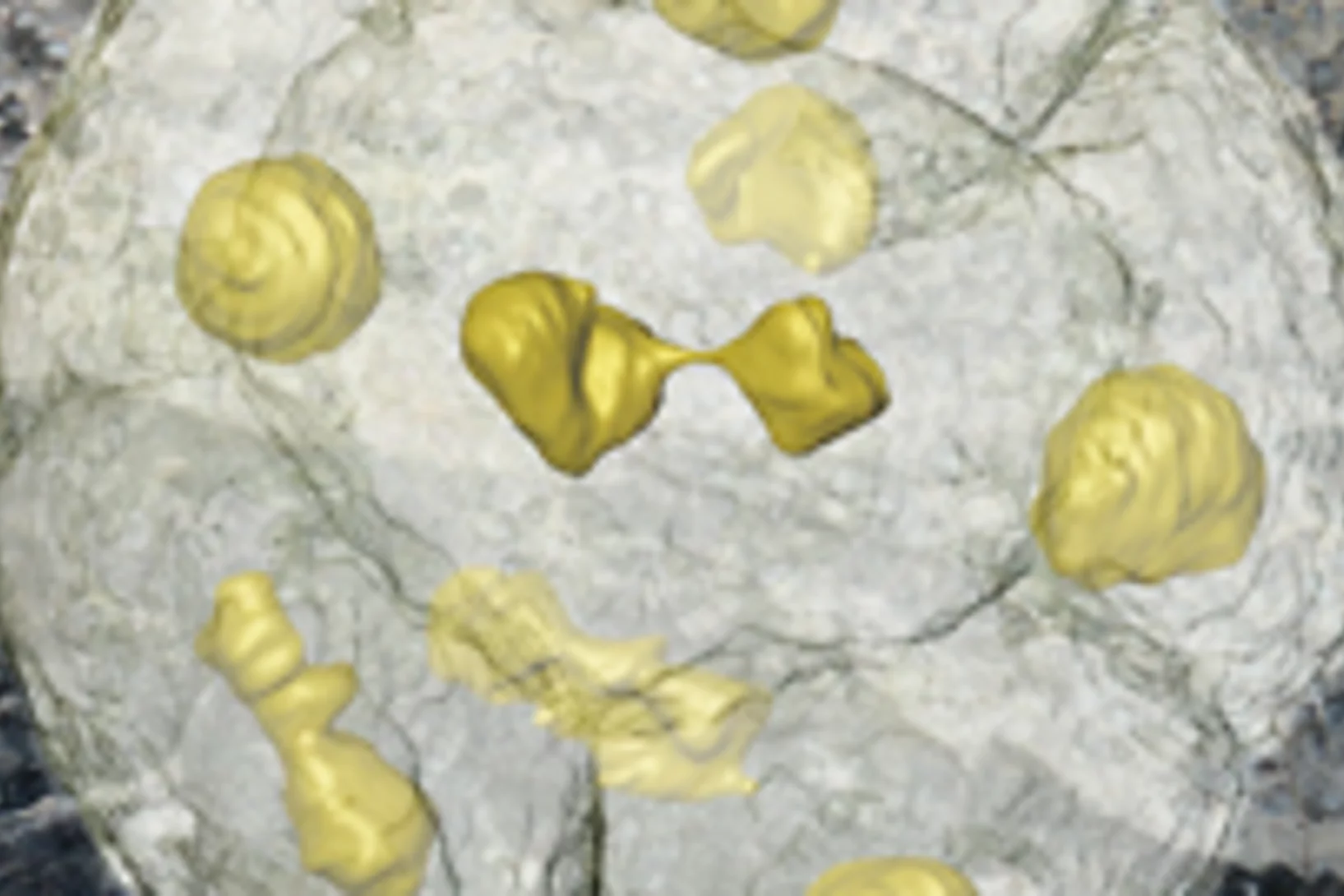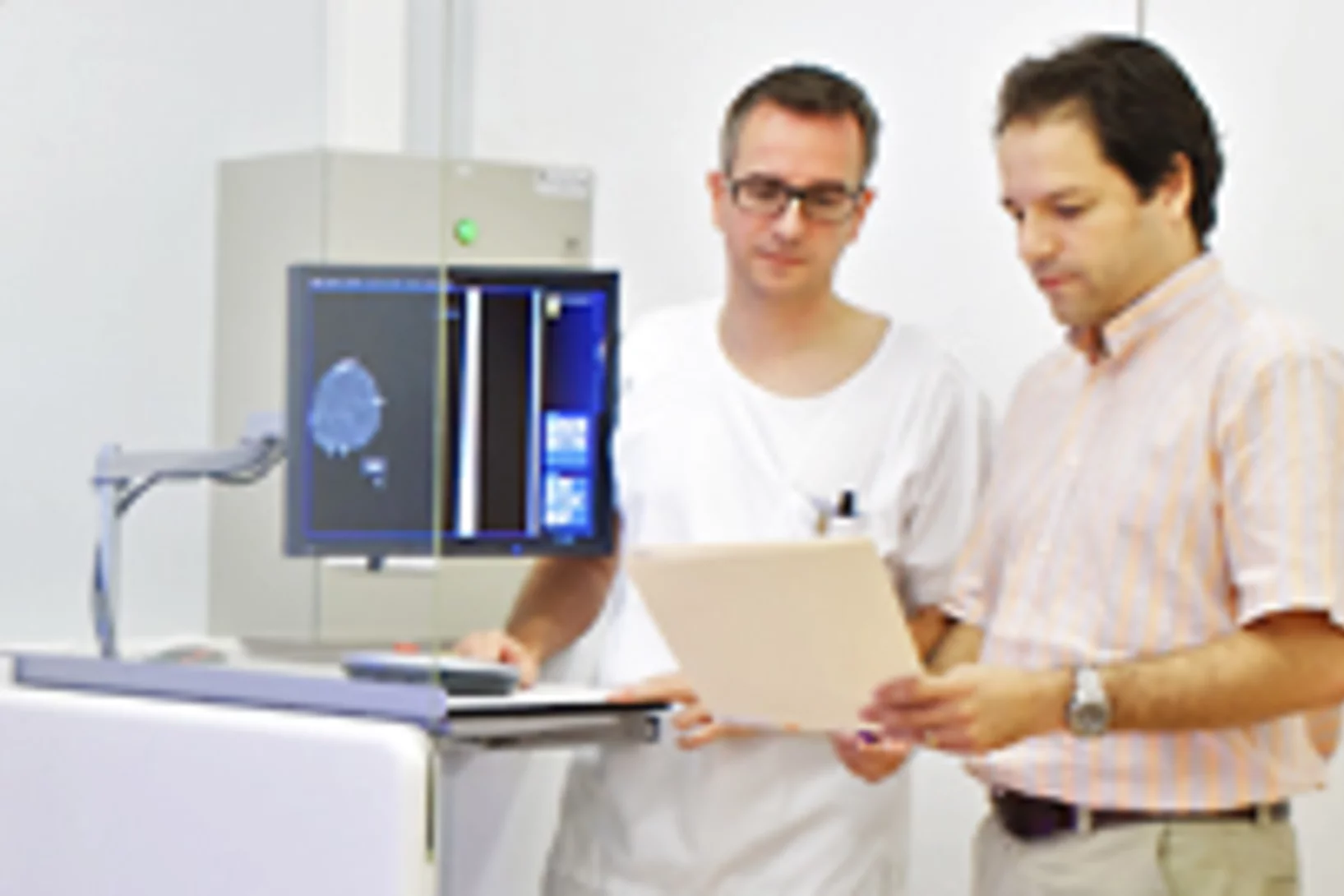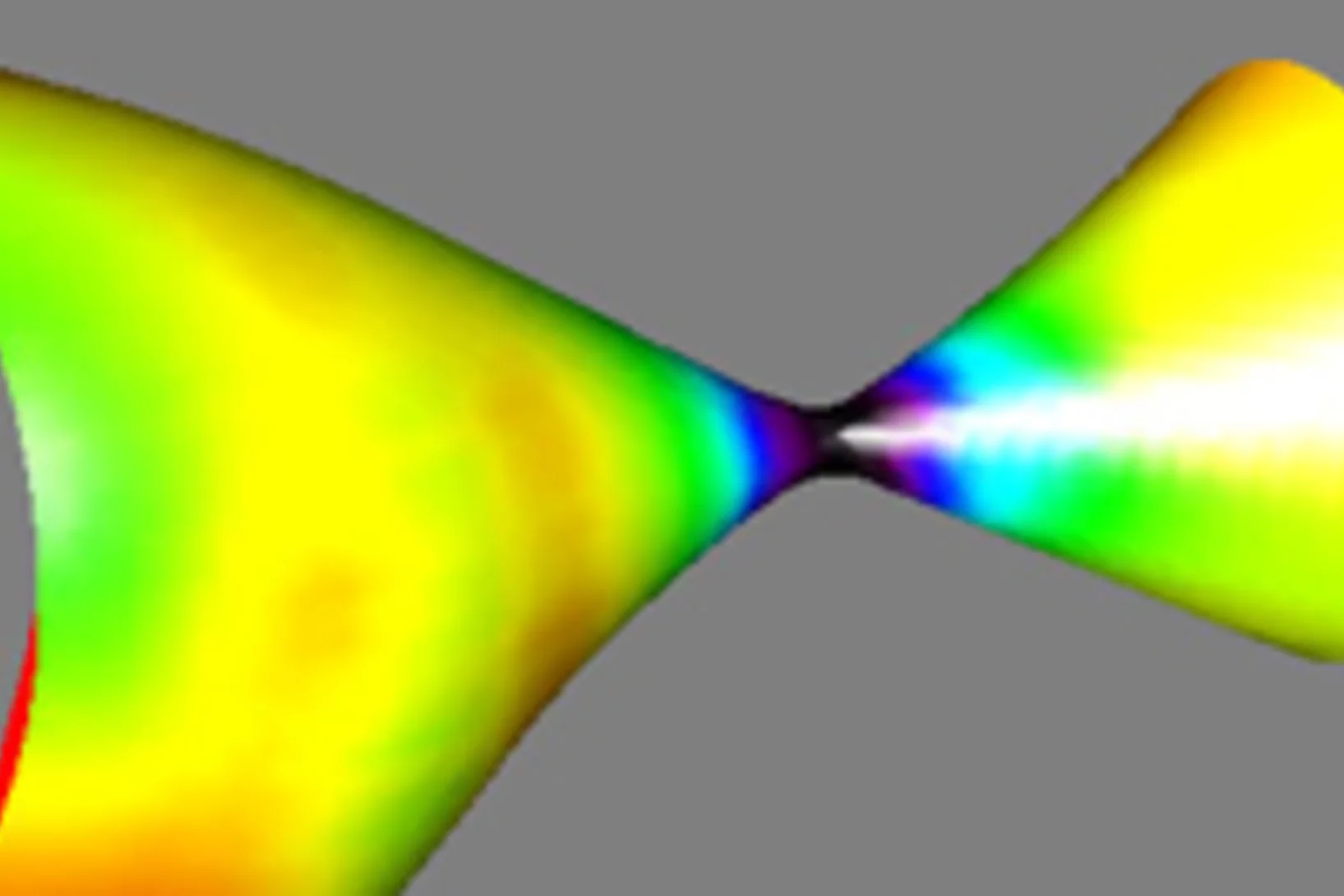A promising new method for the diagnosis of breast cancer
A new mammography procedure that could generate substantial added value for the diagnosis of breast cancer in medical practice has just been published in the scientific journal Investigative Radiology. The method was developed at PSI in cooperation with the Certified Breast Centre at the Kantonsspital (cantonal hospital in) Baden and Philips as an industrial partner and is making the tiniest tissue changes visible. This has the potential to improve the early detection of breast cancer. Further studies in women suffering from breast cancer are to prove in a definitive manner the added value of the method.
Why lithium-ion-batteries fail
Materials in lithium ion battery electrodes expand and contract during charge and discharge. These volume changes drive particle fracture, which shortens battery lifetime. A group of ETH and PSI scientists have quantified this effect for the first time using high-resolution 3D movies recorded using x-ray tomography at the Swiss Light Source.
Die Ursprünge der ersten Fische mit Zähnen
Mit Hilfe von Röntgenlicht aus der Synchrotron Lichtquelle Schweiz des PSI ist es Paläontologen der Universität Bristol gelungen, ein Rätsel um den Ursprung der ersten Wirbeltiere mit harten Körperteilen zu lösen. Sie haben gezeigt, dass die Zähne altertümlicher Fische (der sogenannten Conodonten) unabhängig von den Zähnen und Kiefern heutiger Wirbeltiere entstanden sind. Die Zähne dieser Wirbeltiere haben sich vielmehr aus einem Panzer entwickelt, der dem Schutz vor den Conodonten, den ersten Raubtieren, diente.
Computed tomography provides real-time 3D pictures showing how oil and water flow in porous rock
For the first time, experiments using computed tomography have allowed scientists to observe in 3D the flow of oil and water in real rock on an unprecedented scale. The new approach trailed and the information gathered by the experiments contribute to an improved understanding of multiphase flow and transport in porous media.
The evolutionary origins of our pretty smile
Until recently, it was not obvious whether the earliest vertebrates (animals with a backbone) which had jawbones already possessed teeth or not. Now, an international research team has shown that the jaws of the prehistoric fish Compagopiscis already had teeth. This means that teeth appeared at the same evolutionary time as jaws à or at least shortly afterwards. The leaders of this project were scientists from the University of Bristol, England, who carried out their decisive experiments at the SLS at PSI.
X-rays provide insights into volcanic processes
Experiments performed at the Paul Scherrer Institute (PSI) investigate processes inside volcanic materials that determine whether a volcano will erupt violently or mildly. In the experiments, scientists heated small pieces of volcanic material similarly to conditions present at the beginning of a volcanic eruption. They used X-rays from the SLS to observe, in real time, what happens to the rock as it goes from the solid to the molten state.
ERC Grant for the development of a new imaging method with high potential clinical impact
Marco Stampanoni, Assistant Professor for X-ray microscopy at the ETH Zürich and Head of the 'X-ray Tomography Group' of the SLS has been recently awarded one of the coveted European Research Council (ERC) Starting Grant for the project PhaseX: 'Phase contrast X-ray imaging for medicine'. Marco Stampanoni's project will be supported by the ERC with 1.5 million euros for the next 5 years. The highly competitive ERC Starting Grants are reserved for outstanding young research talents.
Alzheimer plaques in 3D
Researchers have succeeded in generating detailed three-dimensional images of the spatial distribution of amyloid plaques in the brains of mice afflicted with Alzheimer’s disease. The new technique used in the investigations provides an extremely precise research tool for a better understanding of the disease. In the future, scientists hope that it will also provide the basis for a new and reliable diagnosis method. The results were achieved within a joint project of two research teams à one from the Paul Scherrer Institute (PSI) and ETH Zurich, the other from the École Polytechnique Fédérale de Lausanne (EPFL).
Fossile Vorläufer der ersten Tiere
Einzellige Organismen, die vor über einer halben Milliarde Jahre gelebt haben und deren Fossilien in China gefunden wurden, sind wohl die unmittelbaren Vorläufer der frühesten Tiere. Die amöbenartigen Einzeller haben sich in einer Weise in zwei, vier, acht usw. Zellen geteilt, wie es heute tierische (und menschliche) Embryonen tun. Die Forscher glauben, dass diese Organismen einem der ersten Schritte vom Einzeller zum Vielzeller in der Entwicklung richtiger Tiere entsprechen.This news release is only available in German.
Getting inside the mind (and up the nose) of our ancient ancestors
Reorganisation of the brain and sense organs could be the key to the evolutionary success of vertebrates, one of the great puzzles in evolutionary biology, according to a paper by an international team of researchers, published today in Nature. The study claims to have solved this scientific riddle by studying the brain of a 400 million year old fossilized jawless fish à an evolutionary intermediate between the living jawless and jawed vertebrates.
Investigation of a new method for the diagnosis of cancer in breast tissue
The Paul Scherrer Institute PSI has developed a new breast cancer diagnostic method, and is now carrying out first tests on non-preserved human tissue in conjunction with Kantonsspital Baden AG. This new method should be able to reveal structures that cannot be seen using conventional mammography. Scientists from the research department at Philips are currently investigating the use of this process as the basis for application in medical practice.
Researchers Find Universal Law For Material Evolution
Many important materials are composed of several phases. When such a material is heated, atoms move from one phase to another, which changes the distribution of the phases à and thus, the properties of the material. A team of researchers has now shown that for an important case, there is a general law describing this process that is valid for all classes of materials.
New X-ray technique distinguishes between that which previously looked the same
Images generated using the phase-contrast technique allow one to distinguish between tissue types such as muscle, cartilage, tendons or soft-tissue tumours that look virtually identical in conventional X-ray images. Researchers at the Paul Scherrer Institute and the Chinese Academy of Science have further developed the technique to make it easier to use in the future. This could help in the detection of tumours or in the identification of hazardous objects in luggage.
